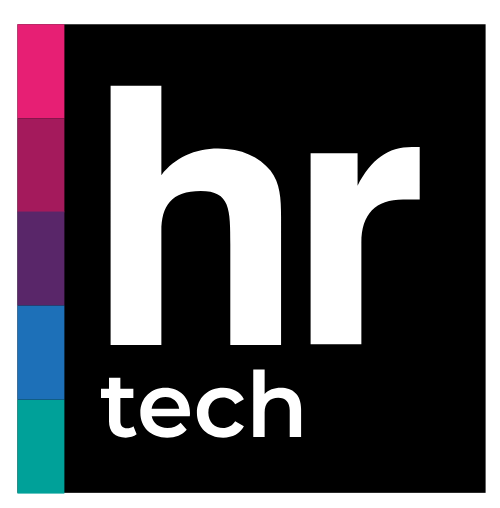News
Data Mesh: the end of data silos in the age of decentralization
)
Companies have been accumulating data for years with the promise of turning it into value, but the reality remains different: disconnected silos, excessive dependencies on data teams and an architecture that does not scale at the pace of the business. In this context, Data Mesh architecture has emerged as a solution to break away from traditional centralization and make data more accessible, scalable and manageable within large organizations.
From data lake to decentralization
The classic approach to data has revolved around centralized models, such as data warehouses and data lakes, which consolidate all information into a single point of access. In theory, this should facilitate analysis and governance. In practice, it has led to bottlenecks, delays in delivering insights, and overloaded data teams that cannot keep up with the demands of the entire organization.
Data Mesh changes the game. Instead of treating data as a resource that only a central team manages, it distributes it across business domains. Each team, from finance to marketing, becomes the owner of its own data and responsible for its quality, accessibility and reliability.
Key principles of Data Mesh
For this model to work, it is necessary to comply with four fundamental pillars:
-
Distributed data ownership → Each business domain manages its data as a product, with clear governance and quality standards.
-
Data as a product → It's not just about storing data, but designing it to be reusable, well documented and accessible to other teams.
-
Self-service infrastructure → Tools are needed that allow teams to access, share and process data without relying on a central engineering team.
-
Federated governance → Although each team manages its own data, it is critical to establish common rules and standards to ensure security, compliance and consistency across the organization.
Benefits and challenges in adoption
Companies with complex structures, such as banks, insurance companies or large retailers, are seeing Data Mesh as an opportunity to scale their data strategy without losing agility. For example, in a global bank, the risk team can manage and standardize fraud data, while marketing controls customer behavior data, all within a flexible and connected architecture.
However, Data Mesh adoption is not an instantaneous change. For it to work, each team must take real responsibility for its data, which requires a major cultural shift. In addition, the infrastructure must be ready to support this decentralization, with tools that enable frictionless integration.
Where is data management headed?
As organizations look for more flexible models to manage their information, Data Mesh is positioning itself as one of the most relevant trends in the data world.
The era of centralized data is behind us. The future of data management is decentralized, autonomous and business-centric.

 Cloud & AI Infrastructure
Cloud & AI Infrastructure Cyber Security World
Cyber Security World Big Data & AI World
Big Data & AI World  Data Centre World
Data Centre World  Technology for Marketing
Technology for Marketing E-Show
E-Show HR Technologies
HR Technologies Learning Technologies
Learning Technologies)
)
)
)
)
)
)
)
)
)
)
)
)
)
)
)
)
)
)
)
)
)
)
)
)
)
)
)
)
)
)
)
)
)
)
)
)
)
)
)
)
)
)
)
)
)
)
)
)
)
)
)
)
)
)
)
)
)
)
)
)
)
)
)
)
)
)
)
)
)
)
)
)
)
)
)
)
)
)
)
)
)
)
)
)
)
)
)
)
)
)
)
)
)
)
)
)
)
)
)
)
)
)
)
)
)
)
)
)
)
)
)
)
)
)
)
)
)
)
)
)
)
)
)
)
)
)
)
)
)
)
)
)
)
)
)
)
)
)
)
)
)
)
)
)
)
)